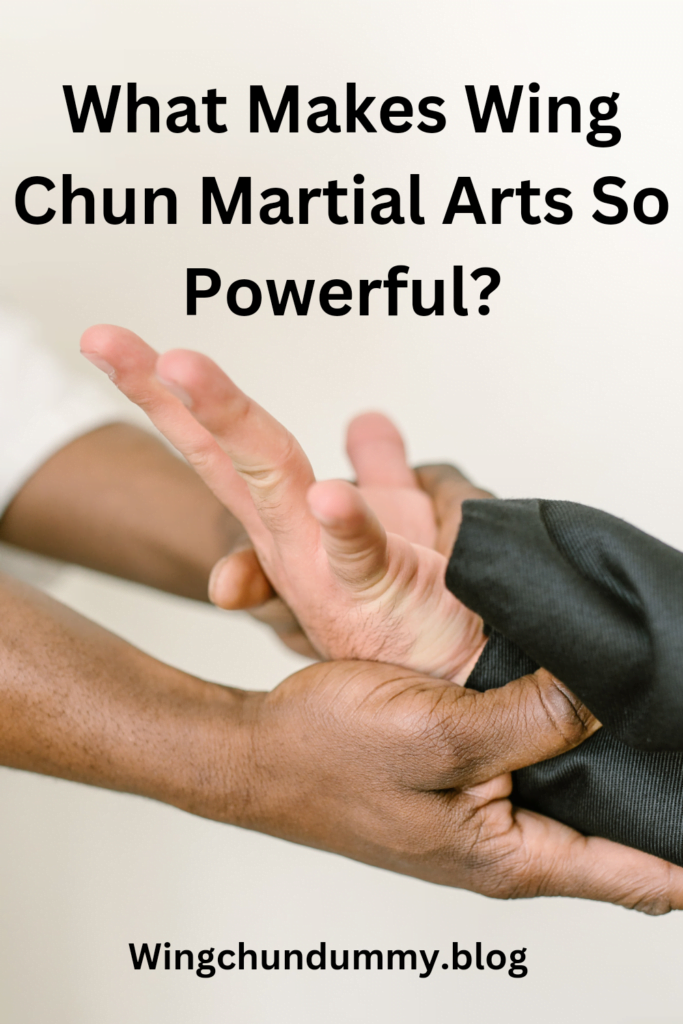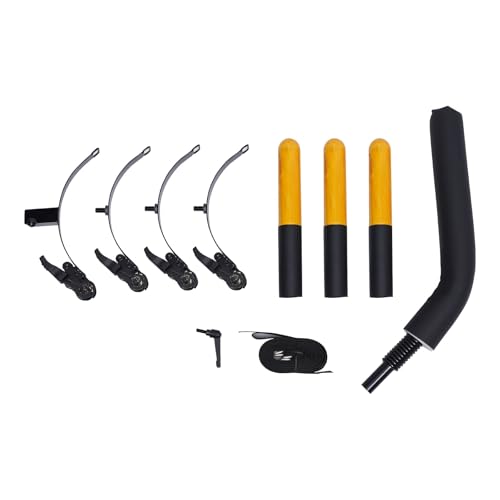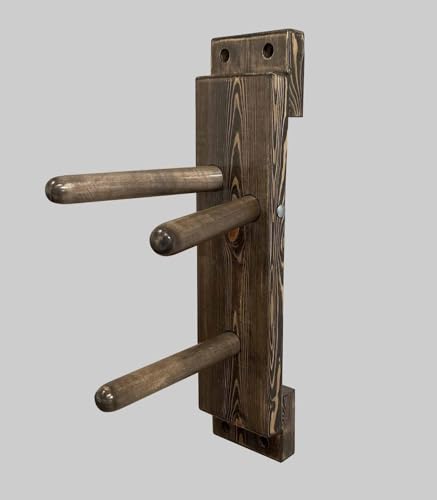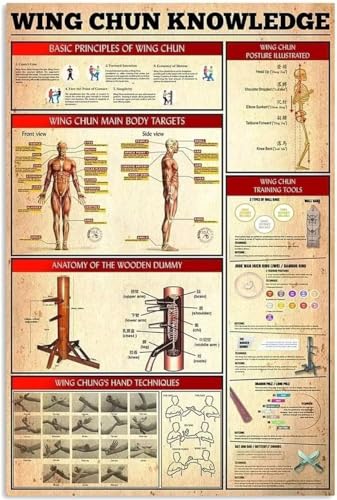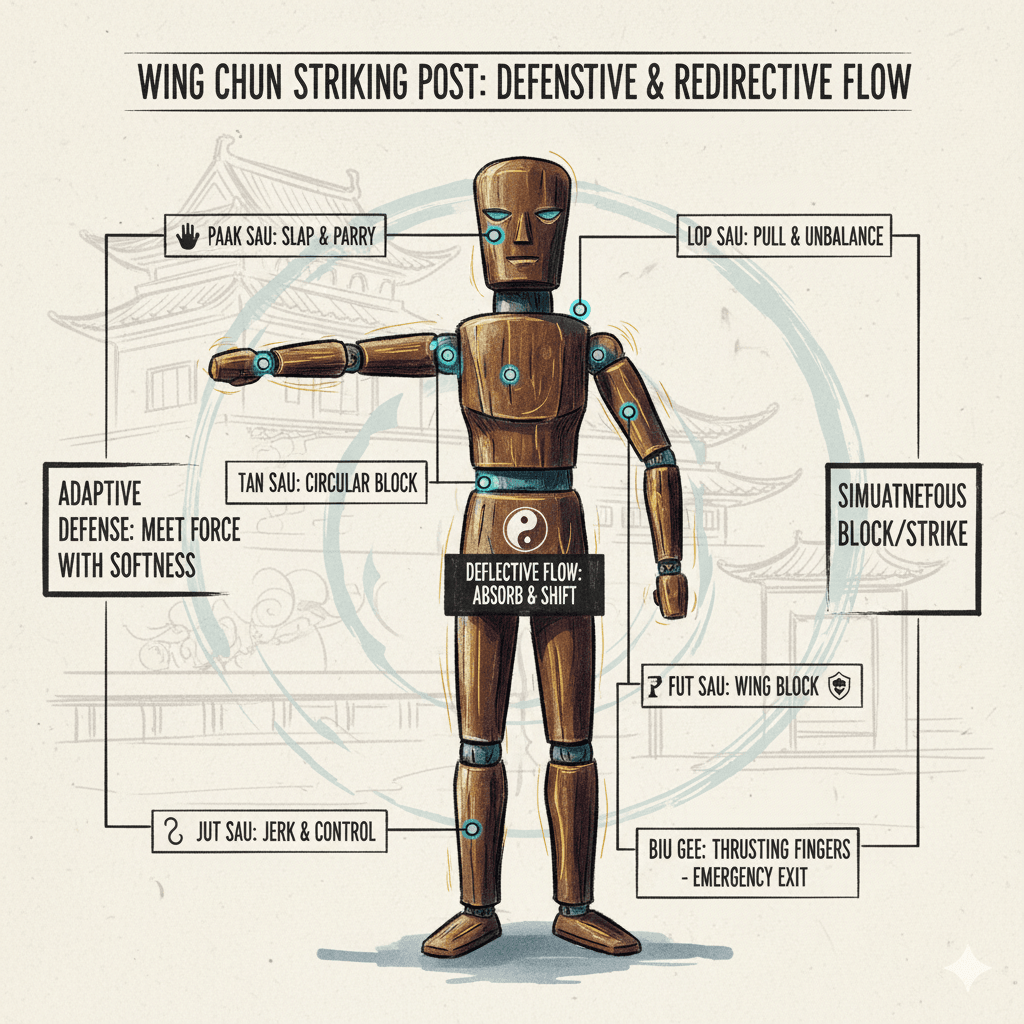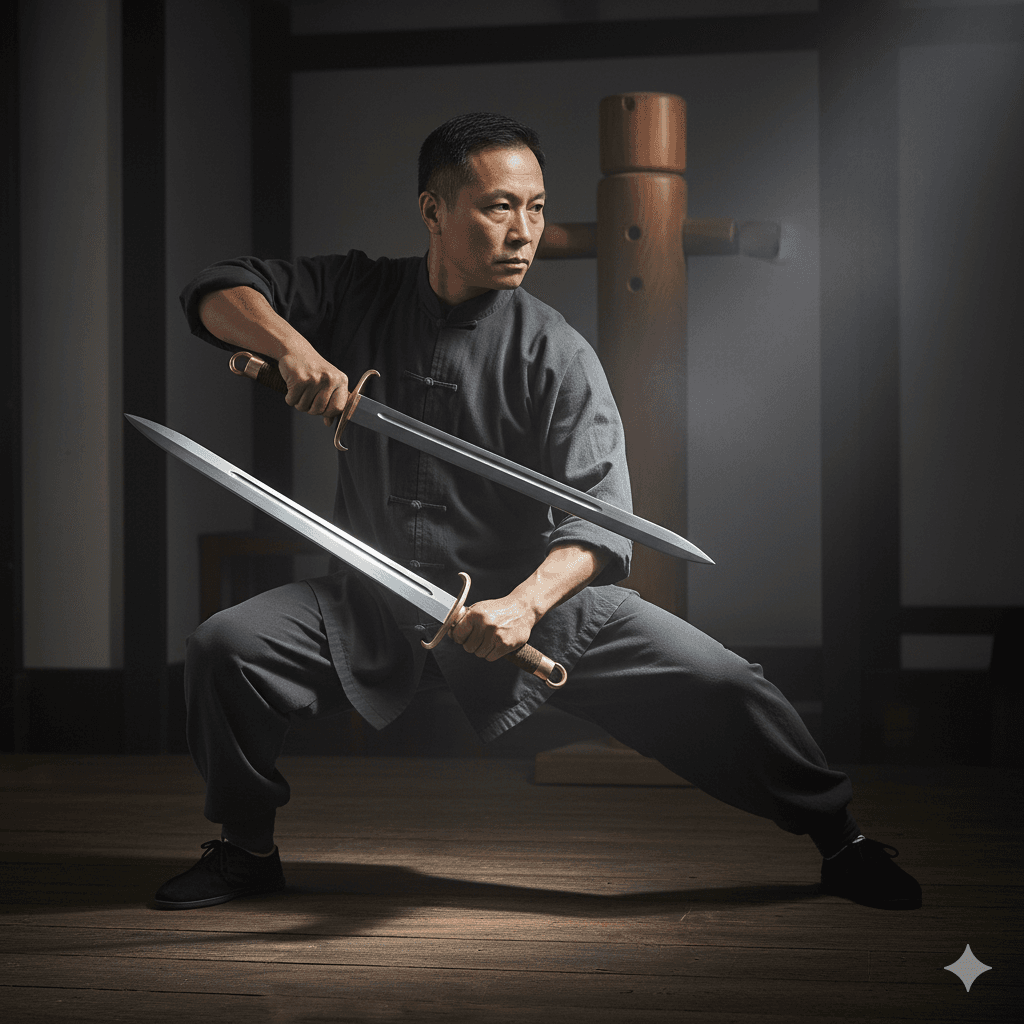Wing Chun is a highly effective martial art that originated in southern China.
It is known for its practicality, efficiency, and effectiveness in real-life combat situations.
In this blog post, we will explore the key elements that make Wing Chun so powerful and how it can benefit practitioners of all levels.
The Centerline Principle
One of the fundamental concepts in Wing Chun is the centerline principle.
The centerline is an imaginary line that runs down the middle of the body, from the top of the head to the groin.

Wing Chun practitioners are trained to maintain control of the centerline and attack along this line, maximizing their power and minimizing their opponent’s ability to counterattack.
By focusing on the centerline, Wing Chun practitioners can deliver powerful strikes with precision and speed.
Economy of Motion
Another key aspect of Wing Chun’s effectiveness lies in its economy of motion.
Wing Chun techniques are designed to be simple, direct, and efficient. Instead of relying on flashy or complex movements, Wing Chun emphasizes the use of minimal effort to achieve maximum results.
Also, Wing Chun practitioners can generate and deliver power with remarkable speed and accuracy.
Close-Range Combat
Wing Chun is particularly effective in close-range combat situations.
Unlike other martial arts that require a lot of space to execute techniques, Wing Chun is designed to be effective in tight quarters.
Wing Chun practitioners are trained to engage their opponents at close range, using techniques such as punches, kicks, and grappling to neutralize threats quickly and effectively.
This makes Wing Chun an ideal martial art for self-defense in real-life scenarios.
Simultaneous Attack and Defense
One of the unique aspects of Wing Chun is its focus on simultaneous attack and defense.
Wing Chun practitioners are trained to intercept and control their opponent’s attacks while launching their own counterattacks.
This allows Wing Chun practitioners to maintain a constant offensive pressure, preventing their opponents from mounting an effective defense.
By combining offense and defense into a seamless flow of movement, Wing Chun practitioners can overwhelm their opponents with a relentless barrage of strikes.
Adaptability and Practicality
Wing Chun is a highly adaptable martial art that can be tailored to suit the individual practitioner’s needs.
It is not bound by rigid forms or techniques but instead focuses on principles and concepts that can be applied in a variety of situations.
Whether you are a smaller individual facing a larger opponent or a beginner just starting your martial arts journey.
Wing Chun can be adapted to suit your unique circumstances.
This practicality makes Wing Chun accessible to people of all ages, sizes, and fitness levels.
Conclusion
Wing Chun’s power lies in its simplicity, practicality, and effectiveness.
By focusing on the centerline, employing economy of motion, excelling in close-range combat.
And emphasizing simultaneous attack and defense.
Wing Chun practitioners can generate and deliver powerful strikes with remarkable.
Also, Its adaptability and practicality make Wing Chun an ideal martial art for self-defense and a valuable addition to any practitioner’s skillset.
Whether you are a beginner or an experienced martial artist.
Wing Chun offers a unique and powerful approach to combat.

